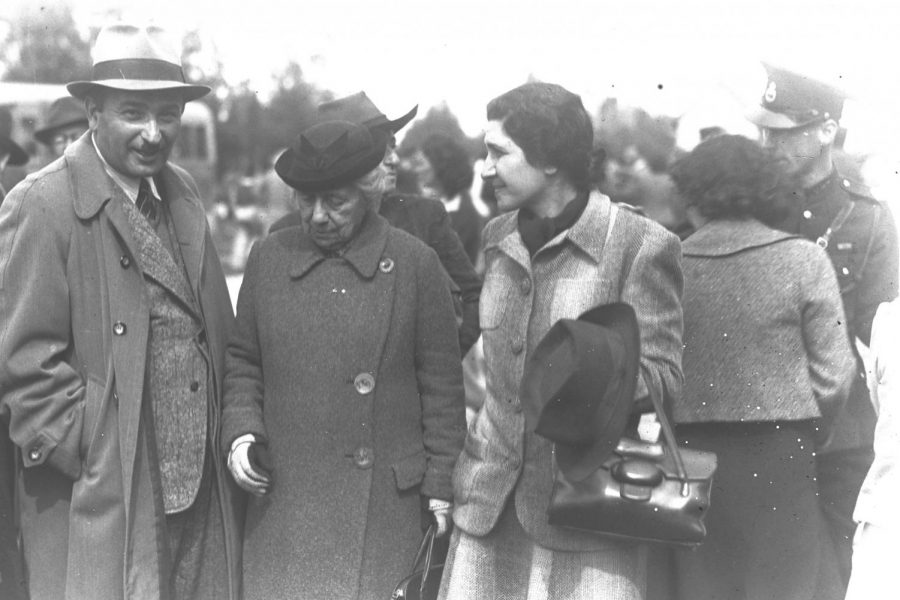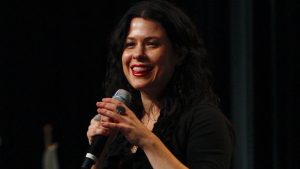This week in Israeli history: Dec. 31-Jan. 6
Published December 31, 2020
Dec. 31, 1898: Israel Museum Founder Is Born
Eliyahu Dobkin, a signer of the Declaration of Independence who founds the Israel Museum, is born in Bobruysk, Belarus. He immigrates to Palestine in 1932. He works with the Jewish Agency’s immigration department from the 1930s to the 1950s, increases the organization’s fundraising and helps organize illegal immigration after World War II. After founding the museum in 1965, he serves on the advisory board until his death in 1976.
Jan. 1, 1995: Full Agranat Report Is Released
The full, 1,500-page Agranat Report, the official assessment of the Israel Defense Forces’ performance during the October 1973 war, is released, with the exception of 48 pages containing classified information. Shimon Agranat’s commission released a preliminary report in April 1974, leading to Prime Minister Golda Meir’s resignation, but the full report was not scheduled for release until 2004. The Ma’ariv newspaper petitioned for early publication.
Jan. 2, 1927: Cultural Zionist Leader Ahad Ha’am Dies
Ahad Ha’am, the leader of the movement for cultural Zionism, dies in Palestine at age 70. Born Asher Zvi Hirsch Ginsberg in Ukraine, he adopted the pen name Ahad Ha’am (One of the People) amid his advocacy for a Zionism focusing on cultural efforts, including the revival of Hebrew. He supported the political goals of Zionism but thought the purpose of a Jewish state was to revitalize Jewish society and culture worldwide, not merely to serve as a refuge.
Jan. 3, 1919: Faisal-Weizmann Agreement Is Signed
Zionist leader Chaim Weizmann and Emir Faisal, son of Sharif Husayn of Mecca, sign an agreement pledging mutual respect and cooperation between Arabs and Jews in the Middle East. At the suggestion of the British, the two men met in Aqaba in the spring of 1918, then crafted their accord after a second meeting in London in December 1918. The League of Nations’ creation of British and French mandates in the Middle East blocks the execution of the accord.
Jan. 4, 2006: Sharon Suffers Massive Stroke
Prime Minister Ariel Sharon, 77, has a devastating stroke en route to Hadassah Hospital at Ein Kerem after feeling ill at his home in the Negev. Surgeons save his life, but he slips into a coma from which he never recovers. A cerebral hemorrhage is the immediate cause of the stroke, but blood thinners he began taking after a minor stroke Dec. 18, 2005, may have played a part. Ehud Olmert succeeds Sharon as Kadima party leader and prime minister.
Jan. 5, 1996: Phone Bomb Kills Terrorist Yahya Ayyash
Hamas bomb maker Yahya “The Engineer” Ayyash is killed in Gaza City when his cellphone explodes during his weekly call to his father in the West Bank. The Shin Bet, Israel’s internal security service, intercepts the call and confirms Ayyash’s identity before detonating the explosives it had planted in his phone. Ayyash’s bombs killed more than 80 Israelis and maimed 400 others after he joined a wing of Hamas in 1992.
Jan. 6, 1909: Moshe Sneh Is Born
Moshe Sneh, a doctor known for his left-wing politics and resistance to British rule in Palestine, is born in Radyzn, Poland. A former World Zionist Congress delegate, he makes aliyah in 1940 and leads the Haganah general staff from 1941 to 1946. He is elected to the Knesset in 1949 and 1951 with Mapam, then forms the Left Faction in 1953. For all but four years from 1954 until his death in 1972, he represents the Communist Maki party in the Knesset.
Items are provided by the Center for Israel Education (israeled.org), where you can find more details.














